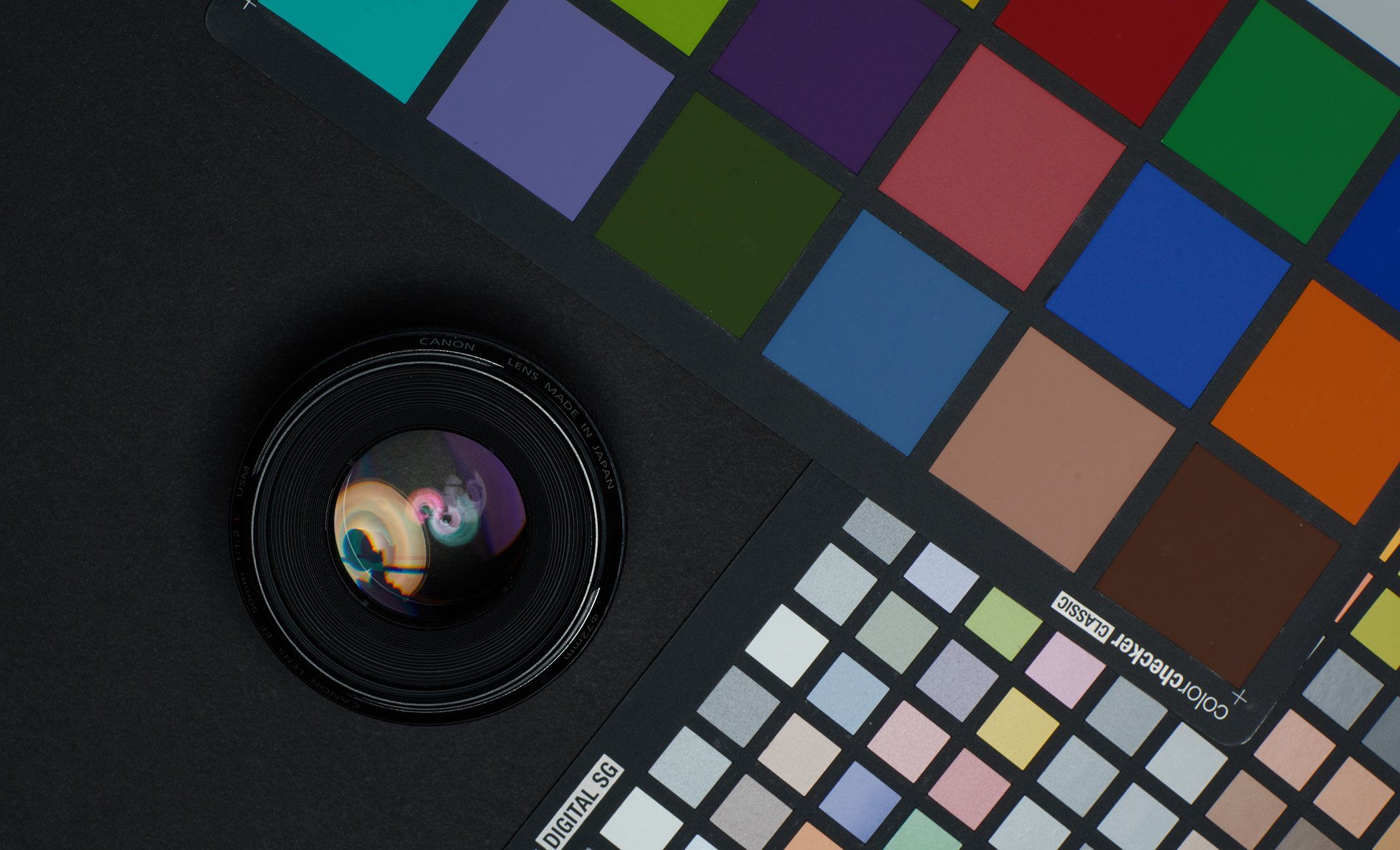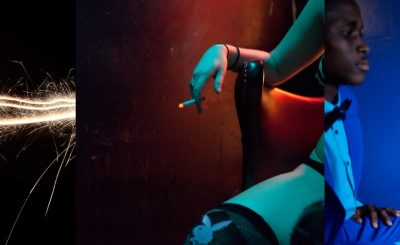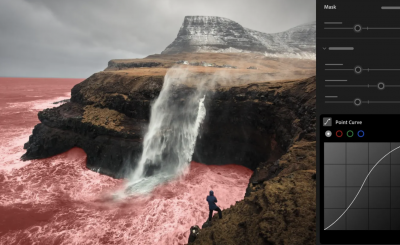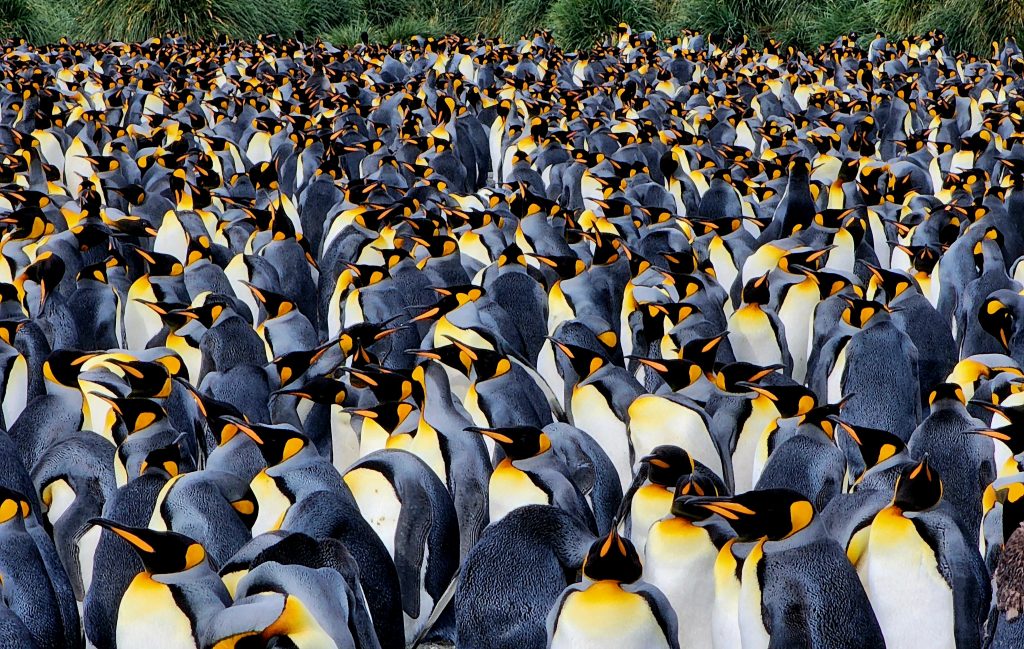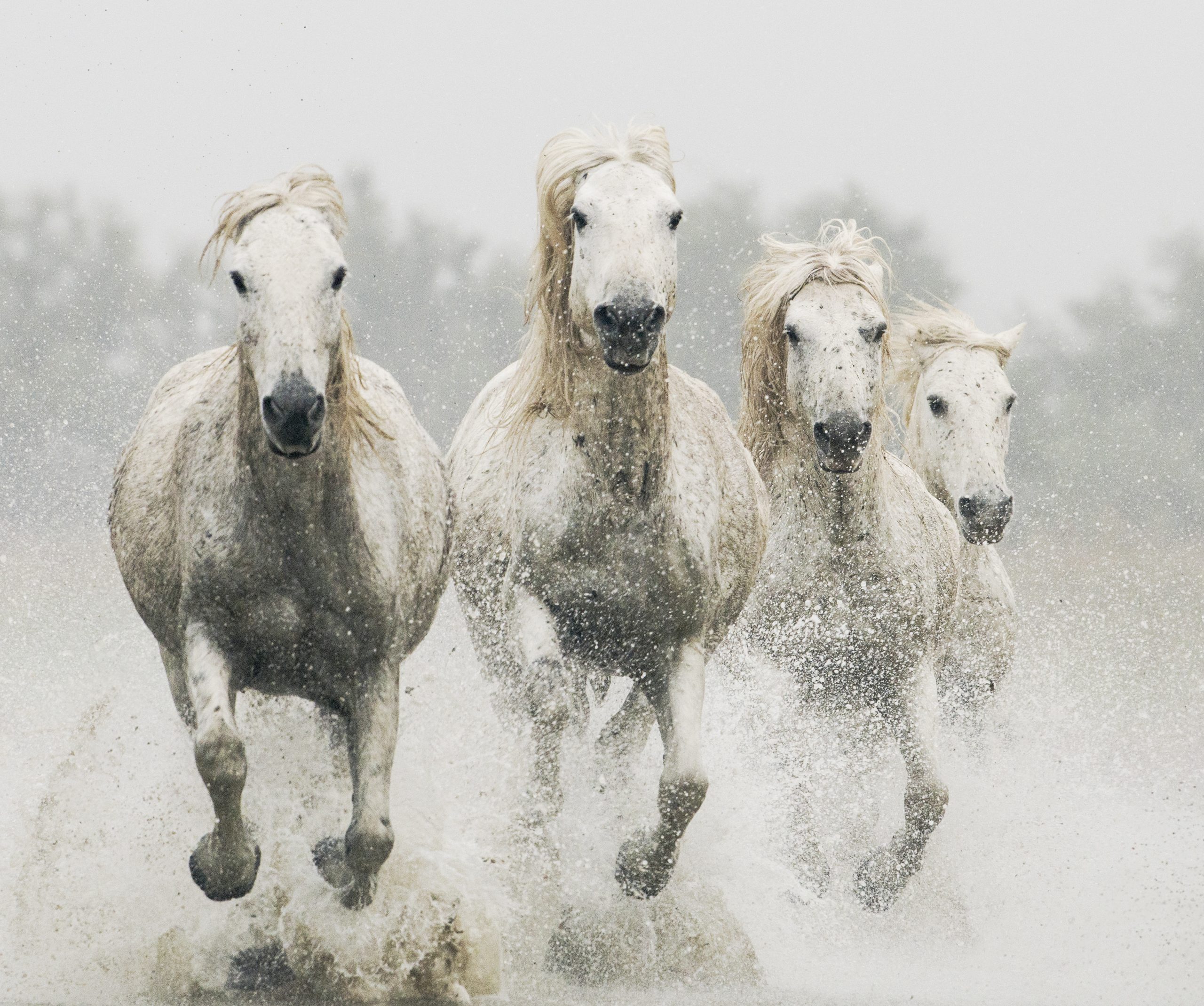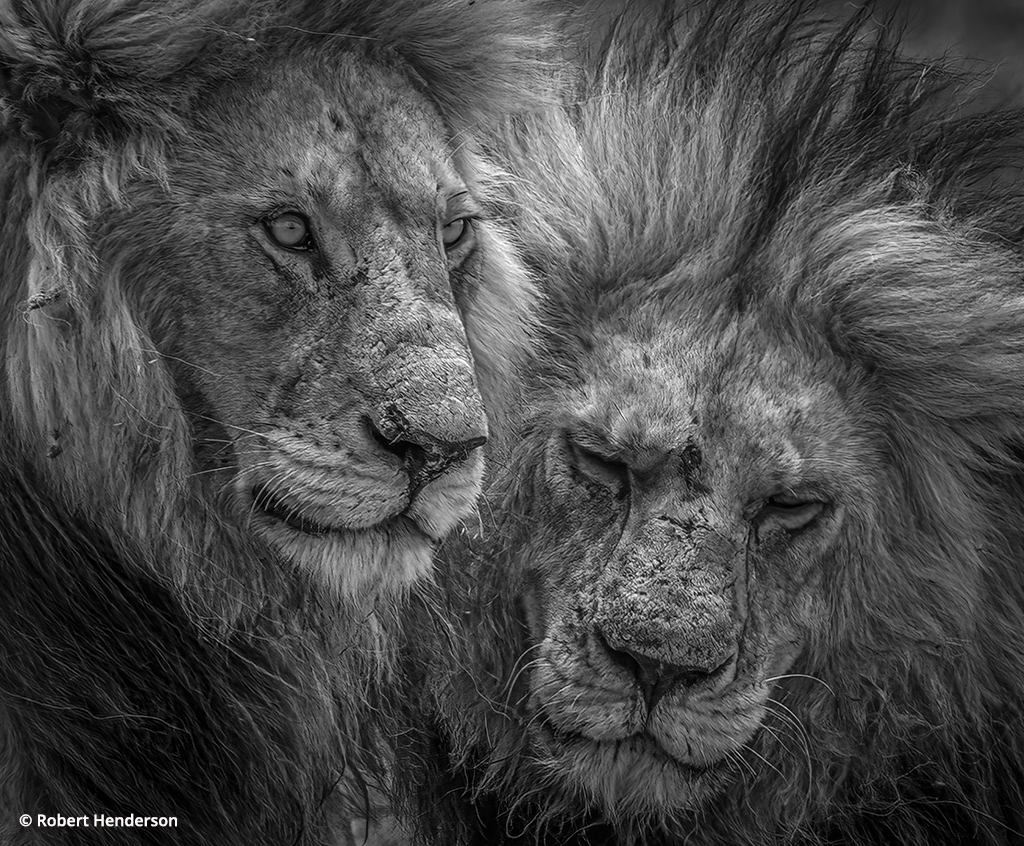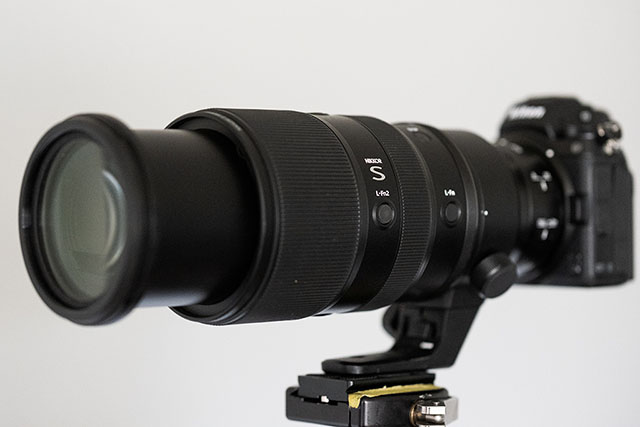You don’t have to dig very deep online to find folks arguing about what camera brand has the best color science. Unfortunately a lot of the times these discussions about better are simply referring to what a particular photographer likes best, making them totally subjective. Even if people are talking about the RAW files that a camera produces the debate often ends up in murky territory.
“You can’t look at the raw image and draw any meaningful conclusions; you must pass the image through a raw developer,” Jim Kasson writes in a new blogpost for Lensrentals. “Conflating the camera and the raw development contribution to color is a fundamental error here … I think many photographers unconsciously perform this pernicious elision.”
Kasson spent six years researching color science for IBM, he knows his stuff when it comes to color and does an excellent job explaining why arguments over whether Sony or Canon or Nikon have the best color, are quite silly in the first place.
Because color is a psychological metric and not a physical one, the ways in which individuals perceive color is subject and complex. When talking about RAW files we aren’t actually talking about color, because the data that is captured in the RAW file is recording how the camera’s sensor responds to light. It’s the RAW developer that actually turns these pieces of data into the colors that appear in an image.
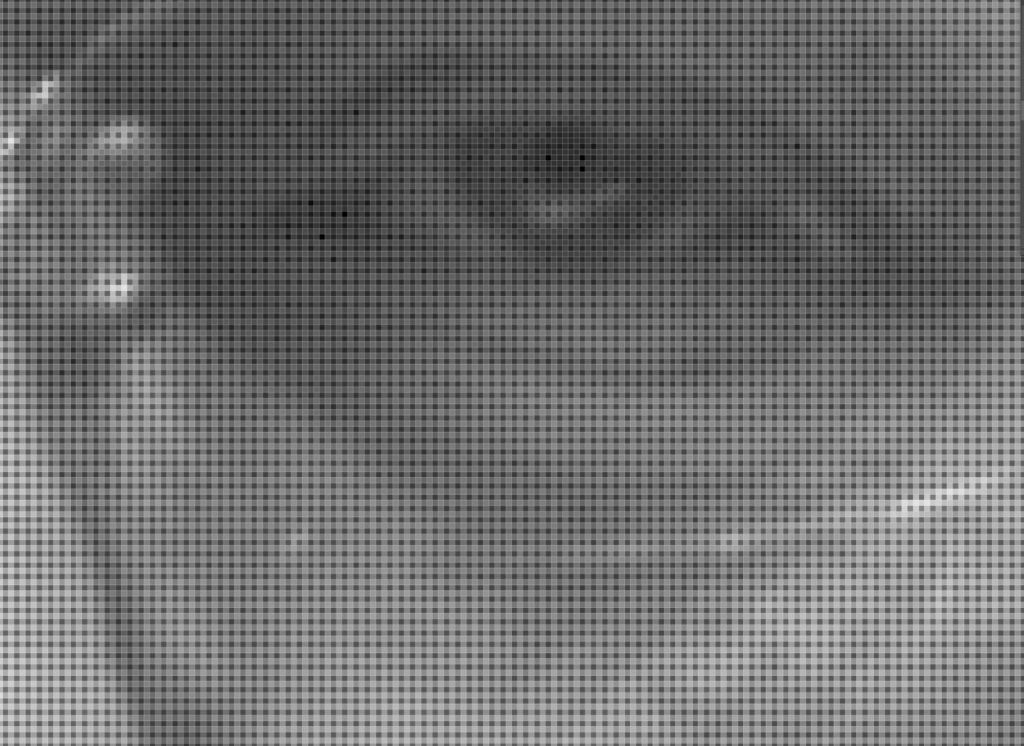
“In general, we view images in a different state of adaptation than we’d experience in the original scene,” Kasson explains. “Thus, in order for the colors to appear realistic, we need to change them to account for the difference in adaptation. It’s sort of a paradox: it is necessary to make the colors wrong in an absolute sense so that they appear right to the viewer.”
You can see that in action when you switch the white balance settings on a camera. If you are shooting outside on a sunny day and you switch the white balance setting to tungsten lighting the colors in your image are going to look off.
Check out Kasson’s post on Lensrentals for a deep dive on color science and how the RAW developer contributes to how color is rendered in digital images.
